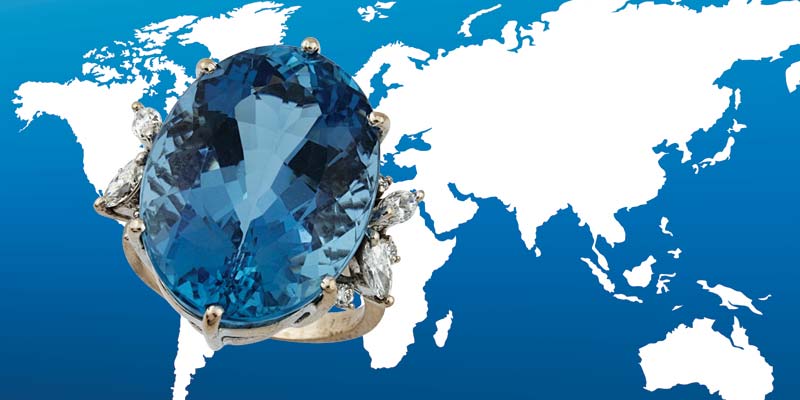By Mark T. Cartwright

How often have you had a client carefully explain the ring they just bought has a Burmese ruby, or a Colombian emerald, Paraiba tourmaline, or Russian alexandrite? How often have the gems in question struck you as being of fair quality at best? For me, these situations raise at least a couple of questions: Is it possible for me to positively determine the stone’s country of origin? Does the country of origin always/sometimes/rarely/never contribute to the value of the property? The answer to the first question is more tangible; the answer to the second can be more subjective.
Within some segments of the jewellery trade, it seems claims of country of origin are used as a selling tool that may also be intended to obfuscate a gemstone’s low quality. As valuers and gemmologists, it becomes a matter of reporting the facts as best we can determine them, without denigrating either the seller or the property. Sometimes it can be difficult to resist the temptation to at least smirk a little bit as one listens to the client repeat the extravagant tale that led them to purchase the item.
More than once I’m afraid I have failed miserably to conceal my dismay at the remarkable intersection of consumer ignorance and seller audacity. But tact aside, before dismissing the possibility, we need to be certain whether or not the seller’s claims of increased value were justified; in order to do that, we must first ascertain whether the gemstone’s country of origin can be verified. It should be noted from the outset that positive, conclusive determination of the country of origin is often impossible without the advanced instruments and an extensive reference database that only a few of the major laboratories can access. As always, we need to recognize and admit our limitations, while still doing all we can to solve the appraisal problem for the client.





